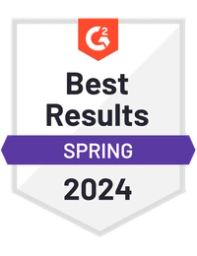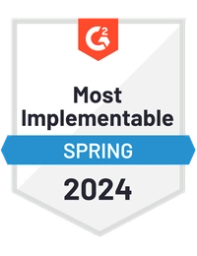The answer to your
developers’
problems.
One tool to house everything your developers need to know.
From code to vacation policies. All up-to-date. All in one place.

Supporting the innovative teams at:
Prevent the interruptions that prevent deep work. Quick questions are rarely quick.
for both the person answering and the person waiting for an answer.




More time for innovation.
How are you making sure your developers have time to learn and stretch and innovate? See how much time they’d have without unnecessary interruptions.

Introducing the next generation of knowledge sharing.
We’re integrating GenAI into Teams, including a VS Code integration that brings knowledge from our community right into the area where developers find focus and get work done.
Learn moreBreak down silos.
Build collaboration.
Empower every employee to contribute, learn, and nerd out in one place. So your most junior employee can share the knowledge of your most senior.
See how we help teams collaborate
Level up your existing tools.
Stack Overflow for Teams works with your existing tech stack to centralize knowledge that’s scattered, buried, and impossible to find.
Learn about our integrationsAn award-winning tool to attract and retain award winning talent.
Recruit the best developers and keep them by giving them the tool they already trust and use.
See how we help organizations…

Attract, onboard, and retain top talent.

Boost team productivity and collaboration.
















